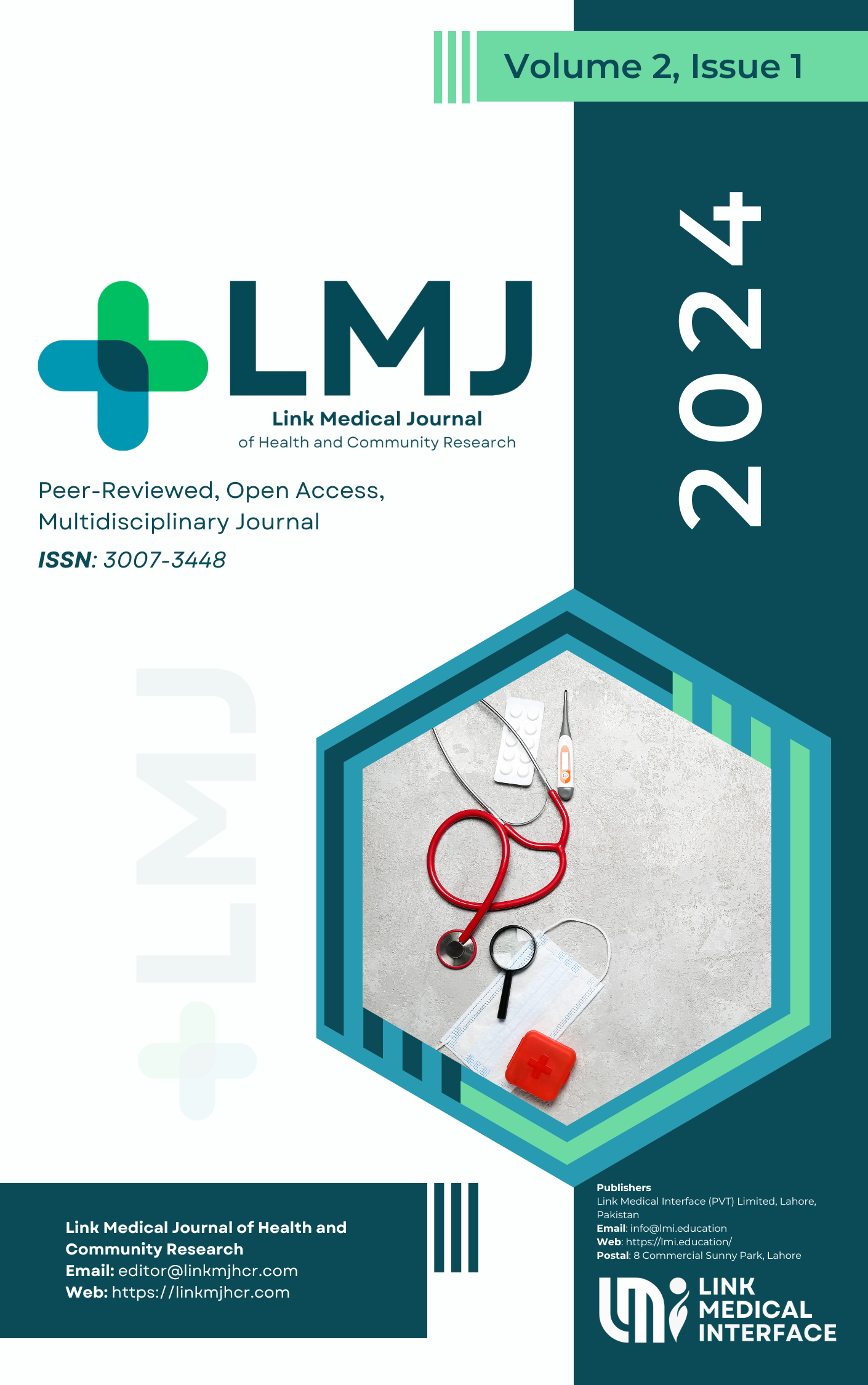Domain-Specific Recovery Patterns Following Constraint-Induced Language Therapy in Chronic Post-Stroke Aphasia
DOI:
https://doi.org/10.61919/m3k79q93Keywords:
Post-stroke aphasia, Constraint-Induced Language Therapy, language domains, speech-language therapy, cognitive rehabilitationAbstract
Background: Post-stroke aphasia (PSA) affects approximately one-third of stroke survivors, leading to enduring communication deficits that vary across language domains. While global measures such as the Western Aphasia Battery Aphasia Quotient (WAB-AQ) capture overall severity, they obscure domain-specific responsiveness crucial for tailoring therapy. Constraint-Induced Language Therapy (CILT), founded on use-dependent neuroplasticity, compels verbal output and has shown substantial global efficacy, but its domain-level effects remain underexplored, particularly in chronic cases within resource-limited settings. Objective: To characterize the differential recovery profiles of Spontaneous Speech, Naming+Reading, Repetition+Writing, and Comprehension following a two-month standardized CILT program in adults with chronic PSA. Methods: A prospective pre–post cohort of 80 adults with chronic PSA received thrice-weekly CILT sessions over eight weeks. WAB domain scores were measured before and after intervention. Paired t-tests quantified mean changes, proportional gains, and effect sizes, while correlations assessed domain contributions to overall improvement. Results: Significant gains occurred across all domains (p<0.001). Spontaneous Speech showed the highest improvement (+12.6, 63%), followed by Naming+Reading (+10.0, 50%), Repetition+Writing (+9.9, 49%), and Comprehension (+4.5, 45%). Expressive domains correlated most strongly with global AQ change (r=0.81–0.76). No subgroup differences were observed. Conclusion: CILT elicited robust, domain-specific improvements, with expressive functions demonstrating the greatest responsiveness yet accompanied by meaningful receptive gains. This expressive-forward recovery profile supports prioritizing speech initiation and lexical retrieval in therapy design while sustaining comprehension and repetition tasks for consolidation. Keywords: post-stroke aphasia, constraint-induced language therapy, domain-specific recovery, neuroplasticity, speech-language rehabilitation.
Downloads
Published
Issue
Section
License
Copyright (c) 2025 Saima Ashraf, Manahal Sughra, Urwa Tul Esha, Abida Shehzadi, Sadia Ashraf (Author)

This work is licensed under a Creative Commons Attribution 4.0 International License.
© 2025 The Authors. This work is licensed under a Creative Commons Attribution 4.0 International License (CC BY 4.0).


